Gosshawk recieves an A-20...
Thu Oct 18, 2012 11:41 am

A new beginning to a 70-year-old story unfolded last week in Casa Grande amid a crane, tugs, forklifts and lots of moving parts.
Exactly 70 years to the day that a Douglas A-20 Havoc crashed as members of the U.S. Army Air Corps were flying over Labrador, Canada, two semitrailers loaded with that disassembled A-20 pulled up at the GossHawk Unlimited shop and hangar near Casa Grande Municipal Airport.
“It’s taken 70 years to get this here,” said Bob Mester, a director of Underwater Admirality Sciences, as he watched parts being unloaded from the trailers and hauled inside the giant building owned by Dave Goss, president of Goss Hawk.
The A-20’s nearly 3,000-mile journey to Arizona was filled with bumps, probably like those experienced by the pilot who was forced to crash land it on Oct. 10, 1942.
The World War II bomber ran out of fuel on that fateful day, on a mission that no one associated with the recovery effort has been able to pin down.
The pilot, known only as Capt. Secord, crash landed the plane. The crew was rescued three days later by personnel from the Royal Canadian Air Force Base at Goose Bay, but the plane had to be abandoned. No available records indicate how many people were on the plane, but Mester and Mark Allen and others have speculated no more than three crew members were aboard, and possibly only two, because the A-20s were flown by a single pilot.
It’s believed the plane hit tail first, based on damage to the underbelly. The nose of the plane was torn away and much was embedded in the bog where it landed, according to a report written by Michael Deal of the Memorial University archaeology department.
The plane sat largely undisturbed for almost 70 years until Mester and his business partner, Allen, learned of it in 1998. It took six years for the men to get permission to remove the plane.
Mester and Allen gained ownership of the aircraft after the U.S. Air Force waived ownership and subsequently secured permission from Canadian officials to recover it.
While that process was far from simple, there were still plenty of challenges ahead, Allen said.
The plane was 85 miles from Goose Bay in Labrador, in a remote portion of the Little Mecatina River. It was about 600 miles north of Maine. There are no roads in or out, Allen said, the nearest is 120 miles away. The site was accessible only by helicopter.
Tough task
As Allen and Mester began contacting private helicopter companies in Canada about their recovery effort, they faced two big stumbling blocks — the going rate to rent a helicopter was $6,500 an hour and essentially no firm was interested in the job.
“We couldn’t get anyone to call us back,” Mester said.
Fortunately, the Canadian Air Force literally came to the rescue.
“Had they not come to the rescue, the plane would still be there,” Allen said.
Leaders of the 444 Combat Squadron, 5 Wing Goose Bay, heard of the recovery effort and told Mester and Allen they found the project “interesting and would help us out if we weren’t on a time schedule,” Allen said. “We said, ‘Great.’ ”
The squadron treated the operation as a training exercise.
Allen and Mester were eventually able to hire some private companies, too. In all, 56 helicopter flights were made during four years to get the parts out.
The soggy bog where the plane was sitting prevented the helicopter pilots from setting the aircraft down because of potential damage to its skids. So, the pilots figured out a way to haul in pallets and build a landing spot for the chopper, Allen said.
The A-20 was in such good shape it could be taken apart fairly easily, Mester said. “It had spent 66 years in a deep freeze up north and that maintained it well.”
But, it wasn’t as simple as grabbing parts of the plane with a forklift or a crane, the two men said, because none of that equipment could be hauled in for the recovery effort.
Everything had to be disassembled into pieces small enough to move around by hand, some with the assistance of giant inflatable bags, and then loaded onto the helicopter or dangled from a wire from the helicopter and hauled out.
Then there was the bog. Workers stood in water and muck that was mid-calf to knee-deep all day long.
“It was like spending 12 hours on a StairMaster,” Mester said. “When I tried to get up on the second day, my legs said, ‘go ahead, we’re staying in bed.’”
The “first lift,” of 44,000 pounds, occurred on Aug. 21, 2004.
Work occurred for the next five years, as weather allowed, with the final piece — the starboard wing — flown out in November 2009.
One of the last flights out, on Aug. 27, 2009, was a day Mester won’t soon forget. It was snowing and the temperature was 28 degrees.
The weather was less than ideal on many days, the two men from the Seattle area said. The first year of the effort, the river didn’t thaw out until early August and by Sept. 1 it was snowing again, leaving a super-short window to work in.
Mester also remembers a day one October when the wind was blowing between 50 and 55 mph as they tried to take the tail feathers apart.
“We had to tie them down to disassemble them,” he said.
Then there were the bears.
At least they weren’t grizzlies, Mester said.
For whatever reason, black bears liked congregating around the plane, he said. So much, in fact, the bears had created two trails in and out of the remote site.
Daily, the workers had to shoo the bears away before starting their work, he said.
The parts were ferried out of the bog and stored at the Air Force base in Goose Bay until earlier this month, when the items were hauled to Casa Grande.
What’s next
For now, the parts will sit in Goss’s shop until a buyer is found to finance the restoration effort.
Whether Goss will do the restoration will be determined by the buyer. The new owner may end up hiring Goss or another contractor. In the latter case, the plane would be hauled to another site for repairs.
Goss specializes in restoring antique aircraft. His firm, which he moved from Mesa to Casa Grande in 2006, doesn’t do regular aviation work, “just history,” he said.
Mester and Allen found their way to Goss’s shop by recommendations from other clients.
It’s tough to guess how long the actual restoration effort might take, Mester said. But, a safe bet is four to eight years from the time the new owner gives the go-ahead.
While Mester and Allen are passionate about finding and recovering planes and ships, restoring their finds is not their goal. They get the items out and let experts take over the restoration efforts.
“That’s an art form,” Mester said, especially when the plane is 70-plus years old, as is the A-20.
Recovery projects don’t pay the bills, Allen said.
“It’s done out of respect for history and a sense of adventure,” he said.
About the only thing Mester and Allen ask of the new owner is to get a ride on the plane once the restoration is completed.
There are no A-20s flying now. One other A-20 is in the process of being restored. Fewer than 10 are in museums around the world.
The planes were heavily used in the Pacific Theater during WWII. About 7,000 A-20s were built in the 1930s. This particular plane was one of 63 A-20s ordered by the U.S. Army Air Corps from Douglas Aircraft Co. in 1939. It and two other planes were modified as prototypes of reconnaissance aircraft. This is believed to be the No. 2 unit of the three, based on the discovery of “F-3 #2” markings painted on the interior sides of the speed rings from the No. 2 engine.
Found it here:
http://www.trivalleycentral.com/casa_gr ... 963f4.html
Re: Gosshawk recieves an A-20...
Thu Oct 18, 2012 11:55 am
Wow. I thought Gosshawk was closing up shop. Not true I guess? Don't think I knew about this A-20. I thought there was a b-24 up in Labador?
Re: Gosshawk recieves an A-20...
Thu Oct 18, 2012 12:05 pm
I think this is 39-741.
Re: Gosshawk recieves an A-20...
Thu Oct 18, 2012 12:41 pm
That's one heckuva find, and I very much hope her original identity is kept... she's a rare bird not just because she's still around, but because of her configuration. I wonder who might be putting feelers out on this?
Lynn
Lynn
Re: Gosshawk recieves an A-20...
Thu Oct 18, 2012 2:19 pm
Congratulations to both Bob and Mark for a job well done!!!! 





Re: Gosshawk recieves an A-20...
Thu Oct 18, 2012 2:35 pm
Wow... if only I had the money! The A-20 is one of my favorite bombers. I've never seen one fly. Who knows? Maybe in another 8 or 10 years, we'll all have that privilege!
EDIT: I forgot about Jerry Yagen's A-20. So, in 8 or 10 years, maybe we'll see a two-ship formation!
EDIT: I forgot about Jerry Yagen's A-20. So, in 8 or 10 years, maybe we'll see a two-ship formation!
Re: Gosshawk recieves an A-20...
Thu Oct 18, 2012 4:08 pm
I thought I heard that Rod Lewis has an A-20 being restored to fly. I thought he got the one from Lone Star, is this not the case?
Scott....
Scott....
Re: Gosshawk recieves an A-20...
Thu Oct 18, 2012 4:11 pm
RNDMTRS4EVR wrote:I thought I heard that Rod Lewis has an A-20 being restored to fly. I thought he got the one from Lone Star, is this not the case?
Scott....
There was a picture of it at Aero Trader on here when the B-25 belonging to PA/FHCwas being readied. Sure looked like an A-20 to me.
Re: Gosshawk recieves an A-20...
Thu Oct 18, 2012 4:14 pm
Rod Lewis does have the old Lone Star A-20. It is with Aero trader in Chino. When I last talked to Stuart Dawson (about two years ago) he mentioned that he was really looking forward to flying it.
Re: Gosshawk recieves an A-20...
Thu Oct 18, 2012 10:43 pm
I shot this pic of Rod's Havoc at Aero Trader during the PoF 2011 airshow. Didn't get a chance to see it during this year's show.


Re: Gosshawk recieves an A-20...
Thu Oct 18, 2012 11:27 pm
With Rod Lewis' A-20, it sounds like Aero Trader is making it very authentic/complete to original wartime/military configuration - very excited to see it when it is completed!
Re: Gosshawk recieves an A-20...
Fri Oct 19, 2012 1:19 am
Howdy All
Some more recent pics of its condition
http://www.lewisairlegends.com/aircraft/a-20-havoc
Lightning
Some more recent pics of its condition
http://www.lewisairlegends.com/aircraft/a-20-havoc
Lightning
Re: Gosshawk recieves an A-20...
Fri Oct 19, 2012 10:20 am
Very cool, sure will be great to see it finished.
Re: Gosshawk recieves an A-20...
Fri Oct 19, 2012 1:36 pm
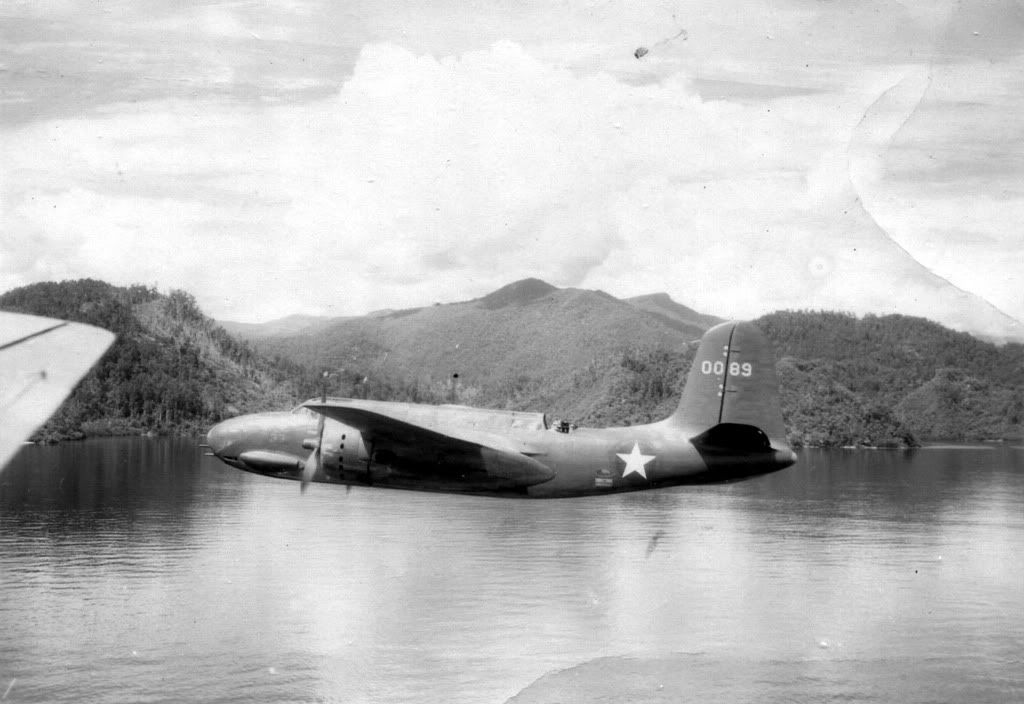
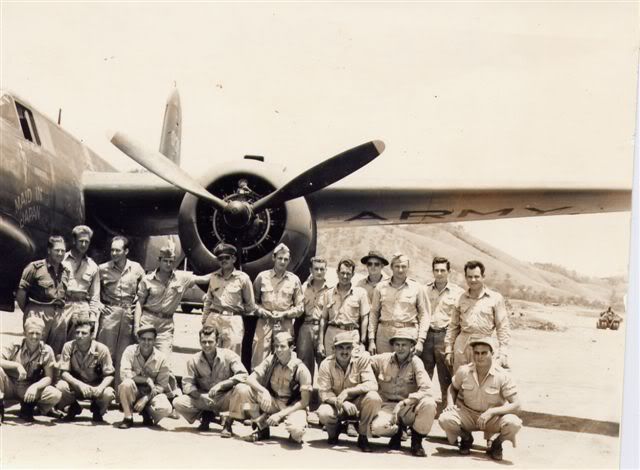

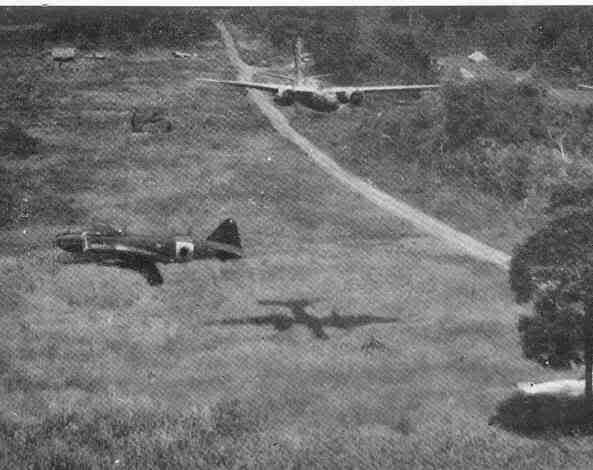
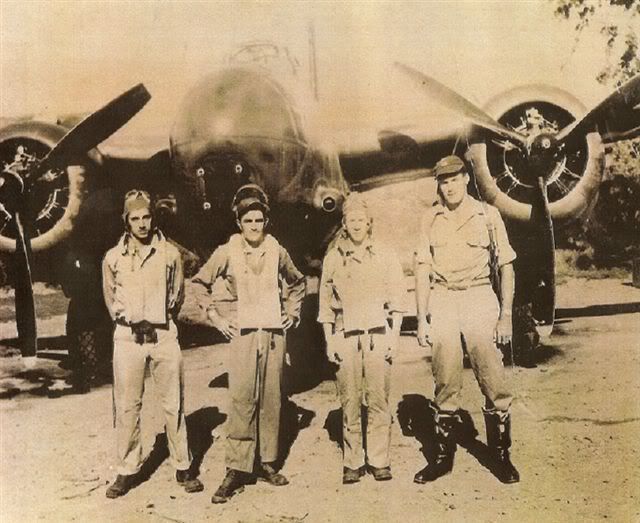
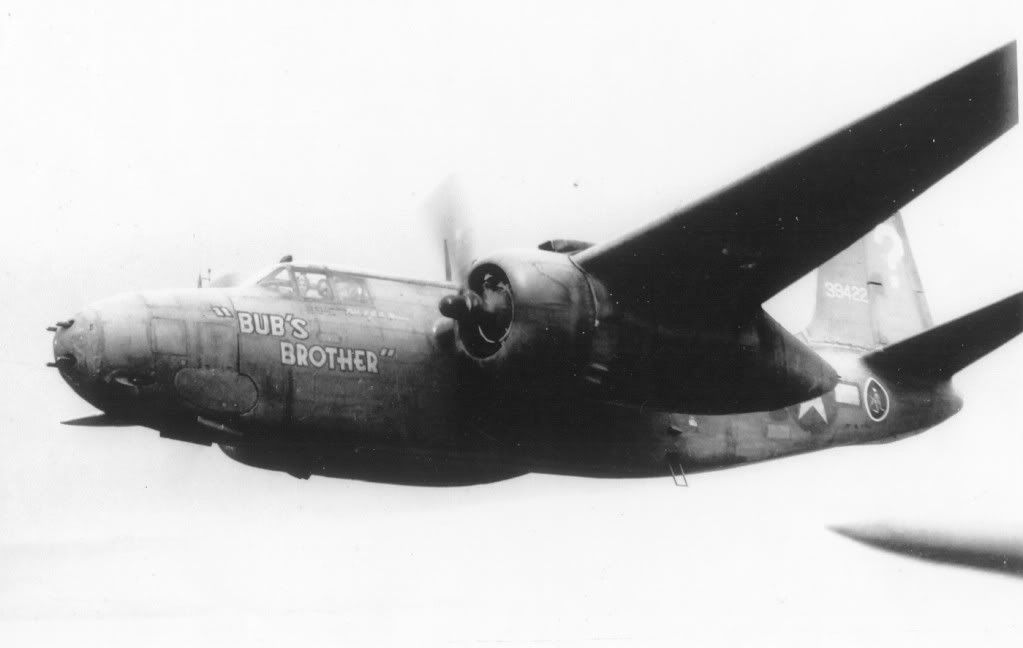
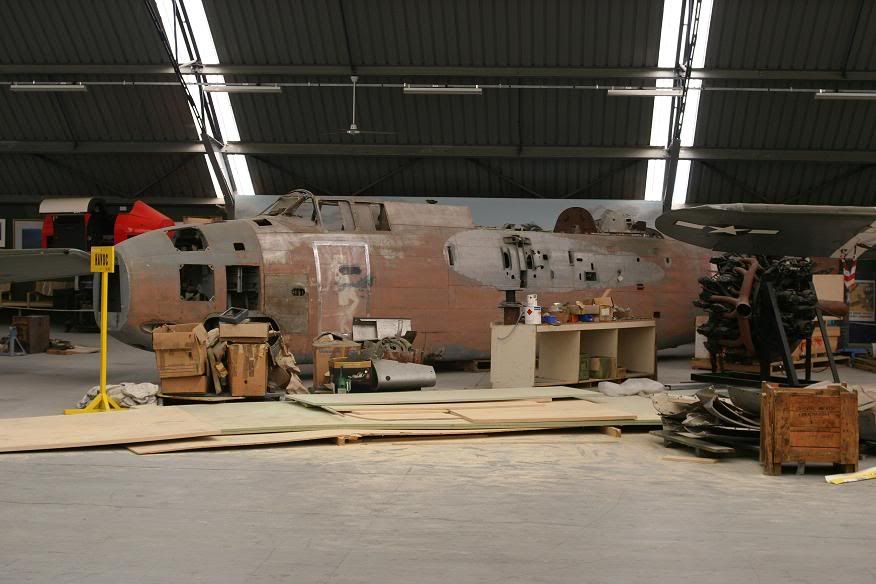
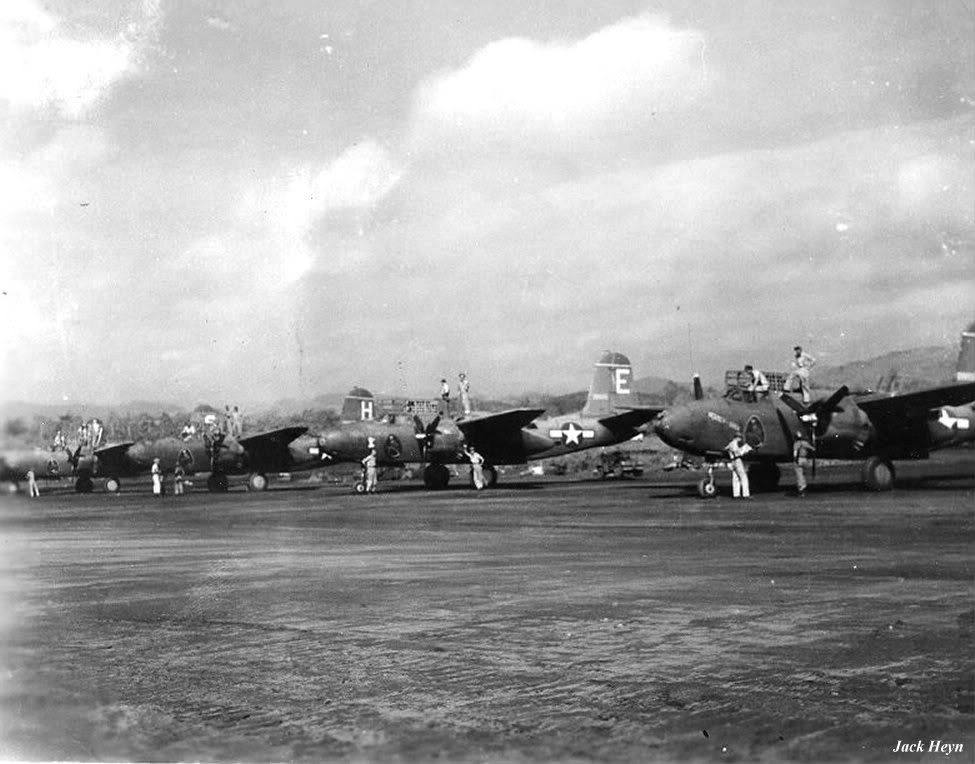
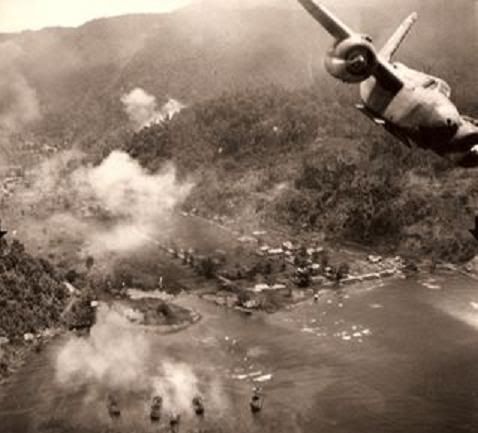
Re: Gosshawk recieves an A-20...
Fri Oct 19, 2012 3:06 pm
Nice pictures! I always loved A-20s. The one sitting on its belly in the hangar, is that the one being restored for Jerry Yegan? Or is this Big Nig?